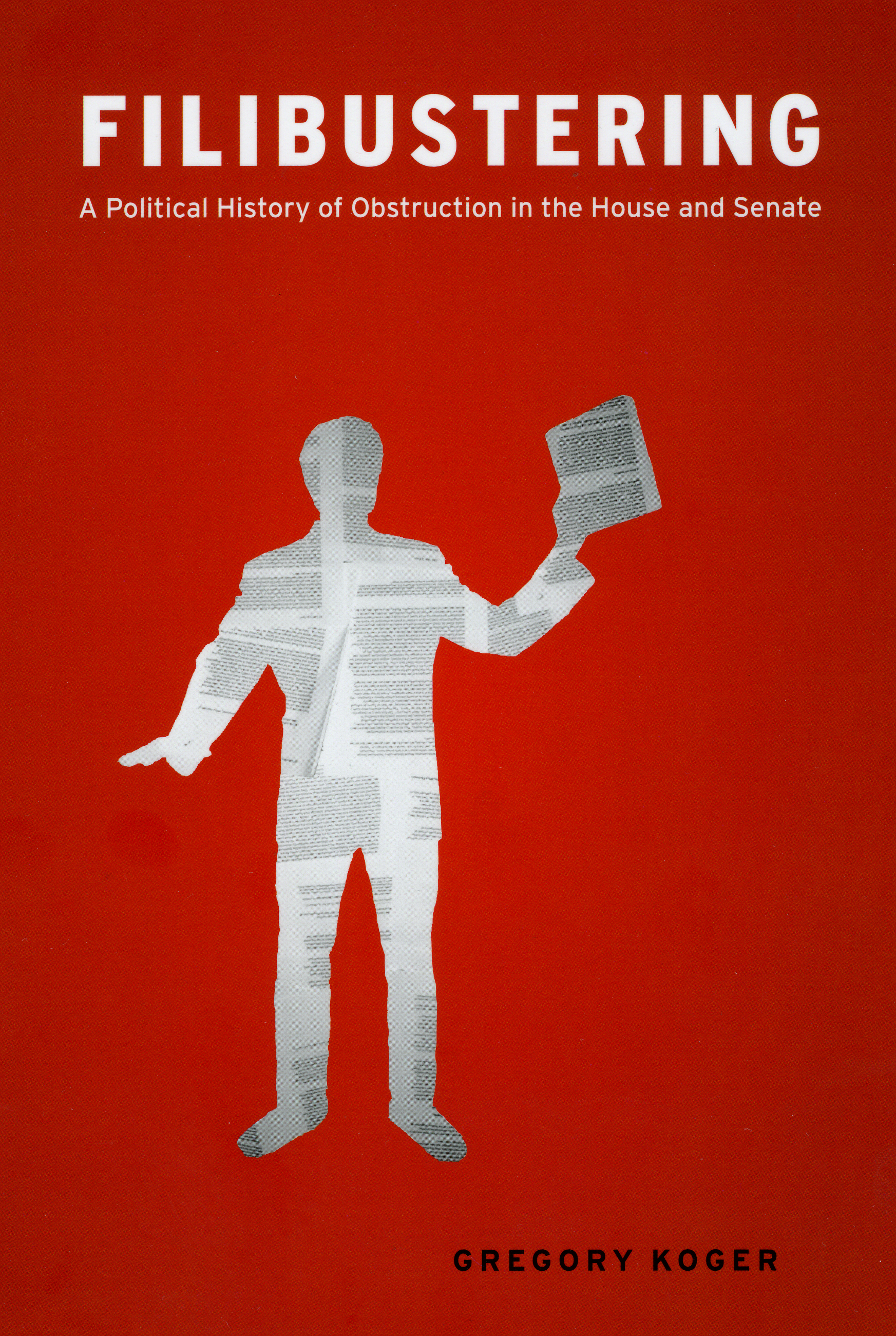Filibusted?
As their summer vacations end and the midterm elections approach, reporters and commentators have begun to ramp up their political coverage. With strong Democratic majorities in both houses of Congress as well as control of the White House, these elections are, not surprisingly, being viewed as a referendum on the majority party. The efficacy and success of the 111th Congress can be judged in a variety of ways, but in these discussions one issue always comes into play: the filibuster.
 This summer George Packer’s widely cited article on the Senate (from the August 9 issue of the New Yorker) brought the topic to the forefront. Packer painted a dismal picture of a governing body hamstrung by the need for a sixty-vote majority to pass any legislation, prompting the question, how did we get here? The answer can be found in Gregory Koger’s history of the filibuster, Filibustering, the definitive study of this method of obstruction. At the recent annual American Political Science Association meeting, Koger convened a panel on the topic, featuring speakers such as Ezra Klein of the Washington Post and Brian Darling of the Heritage Foundation. You can watch a video of that panel over on C-SPAN’s site or head over to Klein’s blog to read his preliminary remarks on the topic.
This summer George Packer’s widely cited article on the Senate (from the August 9 issue of the New Yorker) brought the topic to the forefront. Packer painted a dismal picture of a governing body hamstrung by the need for a sixty-vote majority to pass any legislation, prompting the question, how did we get here? The answer can be found in Gregory Koger’s history of the filibuster, Filibustering, the definitive study of this method of obstruction. At the recent annual American Political Science Association meeting, Koger convened a panel on the topic, featuring speakers such as Ezra Klein of the Washington Post and Brian Darling of the Heritage Foundation. You can watch a video of that panel over on C-SPAN’s site or head over to Klein’s blog to read his preliminary remarks on the topic.